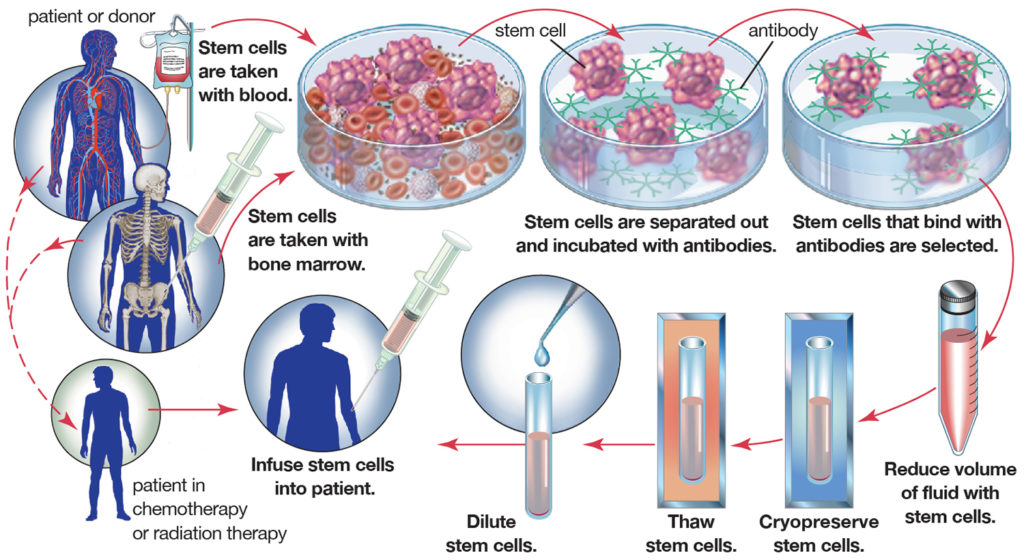- Published on
Long-term results of related myeloablative stem-cell transplantation to cure sickle cell disease
- Authors
- Name
- Jake Konigsberg
- Role
- Founder
Source: Bernaudin, F., et al. (2007) Long-term results of related myeloablative stem-cell transplantation to cure sickle cell disease American Society of Hematology, 110(7), 2749-2756 https://doi.org[/10.1182/blood-2007-03-079665] (https://doi.org/10.1182/blood-2007-03-079665)
Summary: Bone-marrow transplants have the capability to cure sickle cell disease, but they are dangerous. They often cause complications and can even cause death. In addition to that, there is a high rejection rate of transplanted bone-marrow. The goal of this study was to find a way to reduce the risk of transplantation-related mortality and decrease the frequency of the body rejecting the bone marrow. To decrease the risks of the transplant, the study tested how the use of anti-thymocyte globulin (ATG) affects the success of the transplant. ATG is the infusion of antibodies from either a horse or a rabbit which fight the human’s immune response to the bone marrow transplant. This is used to prevent the possible rejection of the bone marrow. The study found that when ATG was used, the 5-year rejection rate of the bone marrow decreased from 22.6% to 2.9%
Implications: Bone marrow transplants greatly improve the quality of life for those suffering with sickle cell disease. The use of ATG substantially improves the success rate of such transplants which will allow the transplant to be used on more of a regular basis and be streamlined as a cure for sickle cell disease.
